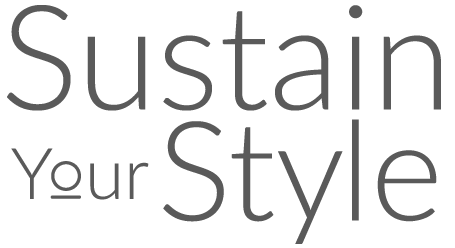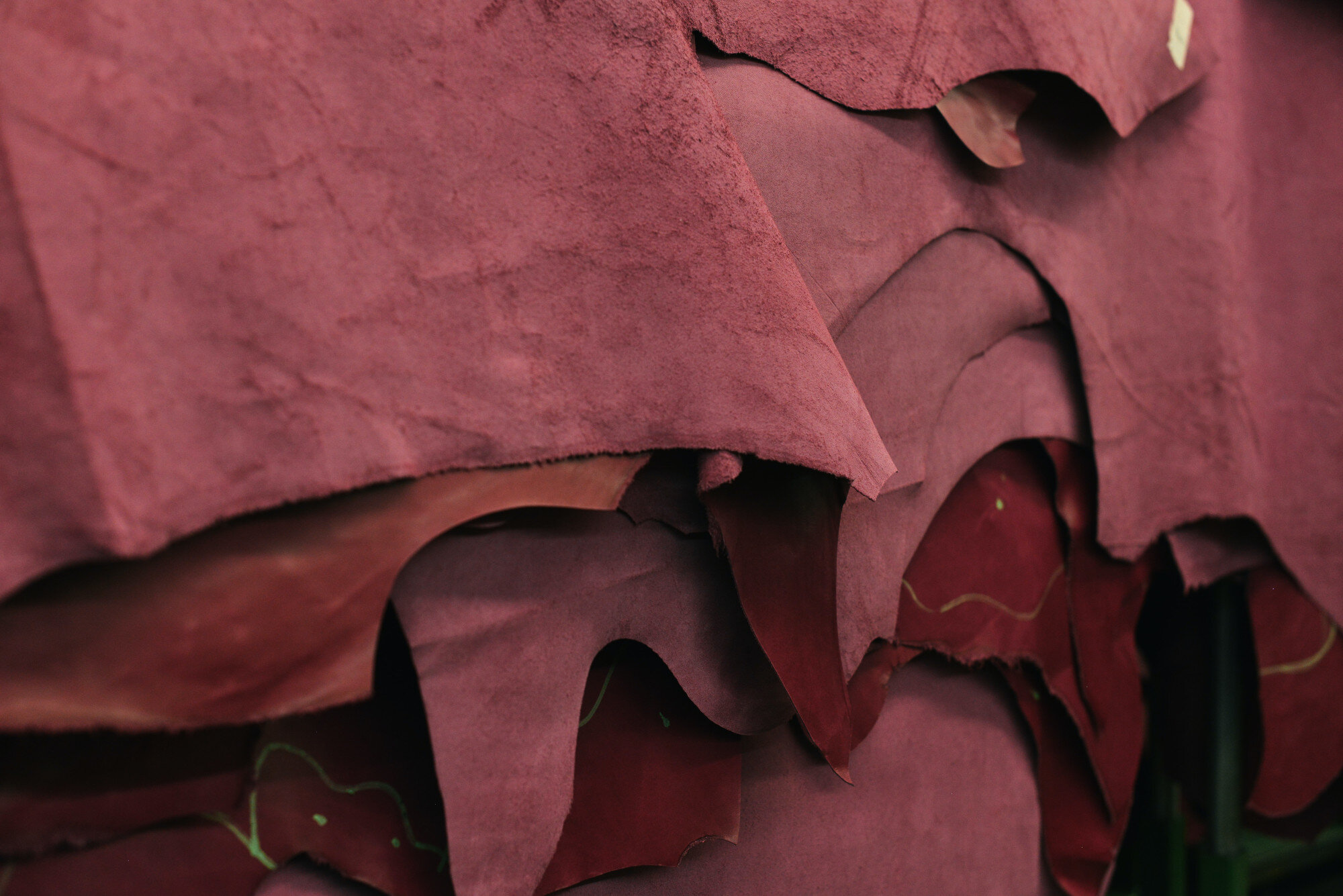Leather is a controversial fiber. First of all, it is not an animal-friendly option, since it is made of dead animal skin. However, the skin used to make leather comes from animals raised for their meat. In that sense, it uses a byproduct from another industry, so it doesn’t actually need additional land and resources.
But environmental and social concerns related to leather are mostly linked to the tanning process: Toxic chemicals are used (chromium in 80% of cases) to transform the skins into wearable leather.
Those substances are often dumped into rivers, polluting freshwater and oceans. Also, most of the tanning factory workers around the world do not wear adequate protection and suffer from skin, eye, and respiratory diseases, cancer and more due to their exposure to chemical substances.
Also many children work in tanneries.
"Chrome-free" leather, which usually means aldehyde-tanned or vegetable-tanned, is an alternatives to chrome-tanned leather. However, it has been proven that its environmental impact is very similar to chrome-tanned leather.
Vegan leather is usually made of PVC or polyurethane, which are synthetic fibers that have a similar environmental impact to polyester. It is certainly better for animal welfare, but it is not an eco-friendly option.
However, some plant-based substitutes of leather exist, such as the pineapple fiber.
The good news is that some sustainable leather options are starting to appear. There are not many options in the market yet, but they do exist. These include Ecolife™ by Green Hides, which creates eco-friendly, chrome-free leather in Italian tanneries that recycle and purify wastewater.


